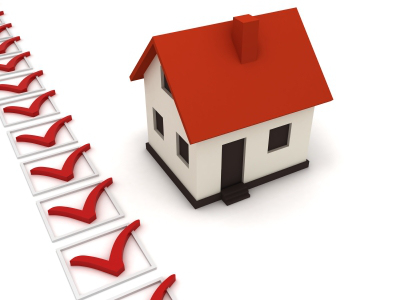Whether you’ve just moved or are looking for a quick, little home pick-me-up, or perhaps something more significant, there are some well-known decor tricks that designers employ that you too can easily do with minimal effort and cost. Sometimes the smallest things make the greatest impact. Maybe you want to soften the walls, brighten your room, or add some warmth to your room. Take a look at these clever decor tips and see how they can inspire you!
1. Focus on the view-
A bedroom always feels nicer when the first thing you experience is a pleasant view out the window — as opposed to a view looking straight at the bed. If you’re designing a new bedroom or reworking an old one, try to come up with a layout that focuses on the vista — whether it’s something as stunning as a lake or as simple as your backyard.
2. Connect with the outdoors-
While this might not be feasible in all climates, connecting a room with the outdoors is a great way to make the space feel larger and admit more natural light. If your bedroom is on the ground floor, adding a set of French doors can instantly increase visual space.
3. Storage-savvy space-
In a small room, getting creative with storage solutions is key. This bed’s backrest slides up to reveal storage. On the headboard, you push in on a hinged panel to access a similar space.
4. Choose a Focal Point-
A beautiful piece of furniture becomes the focal point when angled into the room. This approach may be more efficient in your space, too.
5. Make Rest a Priority-
Your bedroom should be your retreat, a sanctuary for peaceful reading, writing, studying, as much as a resting place.


